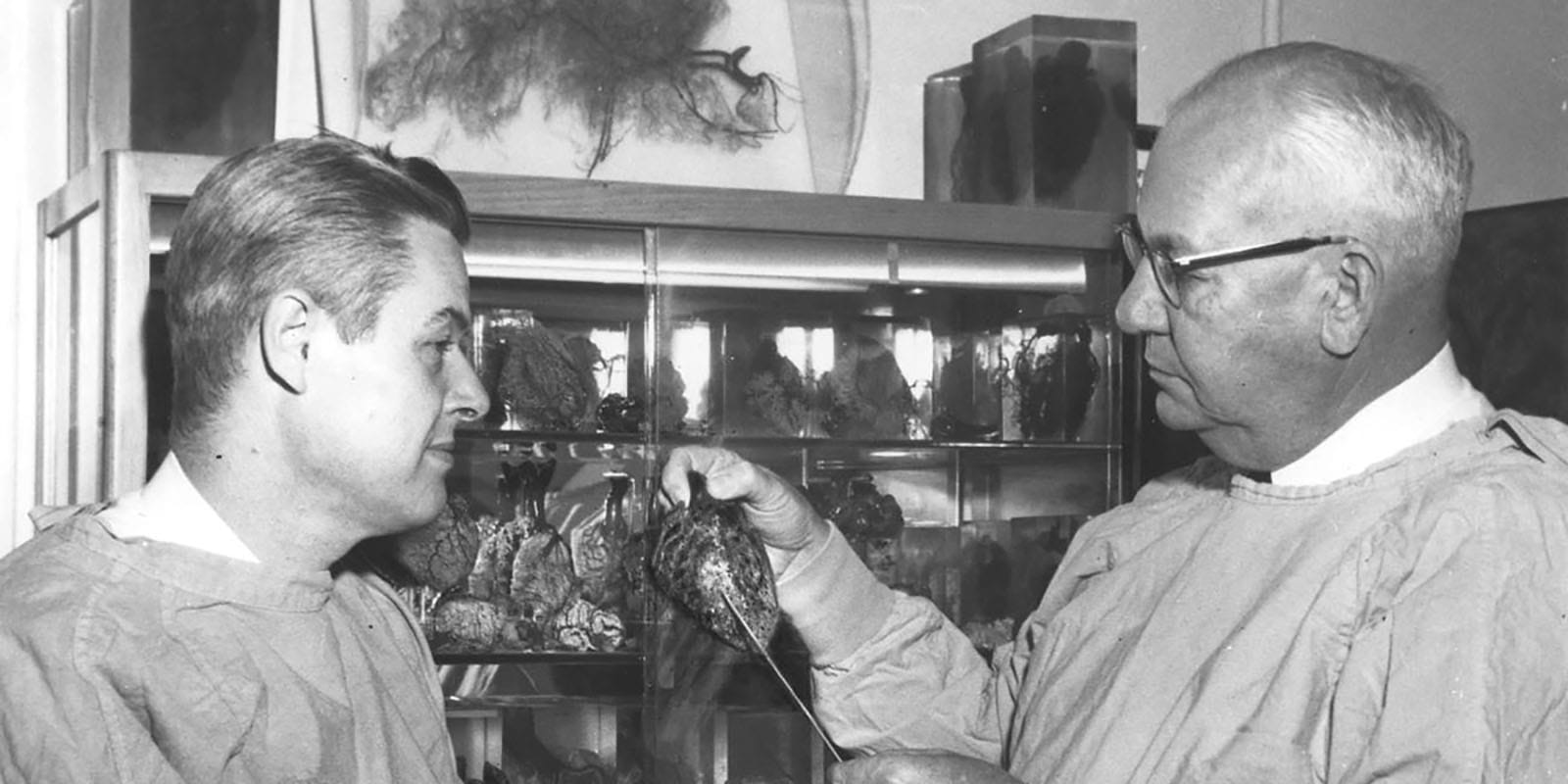
Clinical Research & Trials
Learn More About Study Opportunities
Sign up or call to learn about study opportunities
1-833-78TRIAL
Search for Open Studies
Browse our easy-to-use tool to search for a study today.
Start the Conversation
Learn how to start a conversation about clinical research with your doctor.
Patient Research Education
Learn more about what is involved in research, how clinical trials work, and common questions about research.
Clinical Research Community Events Calendar
View our calendar of events.
Resources
Visit our Resources page for additional information on participating in a clinical research study.
How Am I Protected?
Learn how UH IRB protects participants of research studies.
What are clinical research studies?
Clinical research studies are projects involving people that answer specific health questions. Research studies help find new treatments, new ways of using established treatments, observe how people are affected by different factors, and even learn more about medicine and healthcare from the patient’s point of view. Many of the treatments and therapies used today are the result of research studies. Clinical trials are research studies used to determine whether new drugs or treatments are safe and effective.

At University Hospitals Clinical Research Center, our mission is to grow research and scientific innovation to improve patient care responsibly. Our vision is that every patient entering the UH system has an option to learn about and participate in a research study.
Community Outreach
Learn how we actively engage with the diverse communities we serve.
Mobile Research Unit
Bringing clinical research to the communities we serve, public events, and to UH’s community hospitals and practices.
Department Research
Learn more about how UH clinical institutes and departments advance the development of medical breakthroughs.

150 Years of Research & Discovery
UH has fostered a culture of innovation and discovery in the laboratory, at the bedside, and in the operating room. In a quest to improve outcomes for our patients, UH has helped to advance medical science, clinical practice, and patient care around the world.


